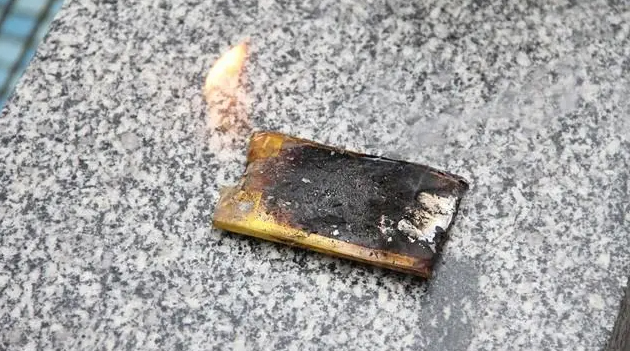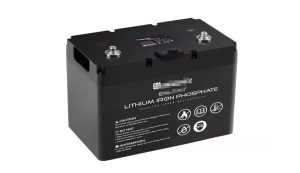Causes of Lithium-ion Battery Fires and Battery Safety
Lithium-ion batteries are widely used due to their power-to-weight ratio, but they are also prone to fire risks. Several factors can contribute to lithium-ion battery fires:
Manufacturing Defects
- Impurities: Metal particles may enter the cell during manufacturing, causing short circuits and overheating.
- Thin separators: Poorly designed separators can lead to internal short circuits, increasing the risk of fire.
2. Design Flaws
- Compact designs: High-capacity cells crammed into smaller spaces may compromise the battery’s safety features.
- Cooling systems: Lack of proper cooling or venting systems can lead to overheating and thermal runaway.
3. Improper Use
- External heat: Exposing batteries to heat sources or puncturing them can cause short circuits.
- Improper charging: Overcharging or using unauthorized chargers can damage the battery over time.
4. Charger Issues
- Poorly insulated chargers: These may cause short circuits or generate heat, leading to battery failures.
5. Low-Quality Components
- Substandard electronics: Cheap components, like poorly designed battery management systems (BMS), increase the likelihood of battery failures and fires.
Why Battery Safety Is Important
Lithium-ion batteries are used in everything from smartphones to electric vehicles. The high energy density that makes these batteries efficient also makes them prone to overheating, fires, and explosions. High-profile incidents of lithium battery fires underscore the need for safety. Proper design, quality components, and good management systems can prevent these risks.
Ensuring Battery Safety
- Quality control: Manufacturers should maintain strict standards in production.
- Smart systems: Advanced battery management systems (BMS) can predict and prevent abnormal behavior.
- Safe usage: Consumers should use authorized chargers and handle batteries according to guidelines.
Battery safety is crucial as lithium-ion technology continues to power our daily live.
About author
Related posts
The Mighty 12V 100Ah Lithium-Ion Battery: Why It’s Perfect for Solar, RVs, and Boats If you’re tired of heavy, short-lived, maintenance-hungry batteries, a 12V 100Ah... Continue reading
The 12V 100Ah Lithium-Ion Battery: Your Power Solution for a Brighter, Worry-Free Future! The 12V 100Ah lithium-ion battery isn’t just a battery; it’s a game-changer... Continue reading
Power Up with a 200Ah Lithium-Ion Solar Battery: Your Guide to Efficient Charging and Discharging A 200Ah lithium-ion solar battery is a powerhouse for off-grid... Continue reading
Why 12V 100Ah LiFePO4 Batteries Are the Powerhouses You’ve Been Looking For If you’re ready to take your energy game up a notch—whether you’re living... Continue reading
26650 vs. 12V 100Ah LiFePO4 Batteries: Choosing the Right Power Pack for Your Needs LiFePO4 Battery Basics: Safety Meets Longevity Whether you’re powering a flashlight... Continue reading









Add comment